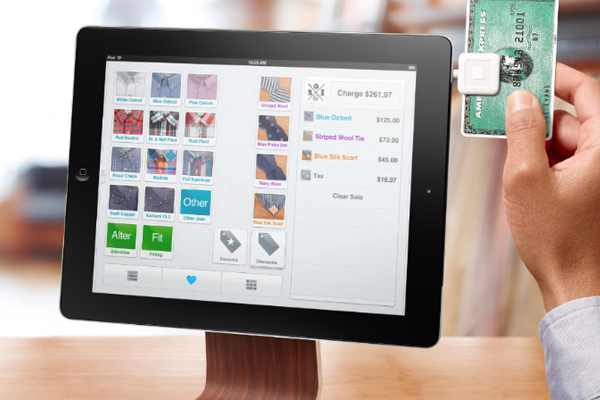Last Updated on March 5, 2024
For the tireless sales or serviceman on the road, providing the convenience of “on-the-spot” acceptance of credit cards has been a mixed bag of unwieldy terminals and portable printers that depended on your car’s battery to operate. Even taxi cab drivers have had to resort to similar approaches, or revert back to outdated “zip-zap” paper draft machines to complete a payment card transaction. Yes, there have been a number of software providers that attempted to simplify the process from that angle, but the process flow was still inordinately complex.
The “Good News” is that new technologies have arrived to greatly simplify the mobile arena of payments, suggesting that we may see a rebirth of ingenuity when it comes to offering goods and services from remote locations. The imagination is the only limiting factor in this newly burgeoning “wireless” world of commerce. What has changed? The introduction of the smartphone, which has an enhanced operating system capable of accessing the Internet and running software applications, never dreamed of just a short time ago.
It may come as a surprise, but most of the “spadework” necessary for the early developments in wireless payment technology has come primarily from overseas. In much of Europe and Asia, the capabilities of local telecommunications networks are woefully behind the curve when it comes to land-based infrastructure. Since payment card transactions require electronic authorizations in most cases, acceptance has been a “chicken-and-egg” where telephone authorizations were extremely expensive and time consuming. In America, this situation is not the case.
As a result, countries that were behind in land-based systems elected to leapfrog straight to newer cellular or “Near Field Technology” (“NFT”) to enhance general services, as well as improve convenience when it came to payment card usage. Hand-held wireless terminals proliferated, especially in restaurants, open-air markets, taxicabs, and multi-product street vendors. Smartphones have taken it to a new level.
In today’s new world, one has only to plug in a simple attachment in the earphone slot of the phone, download a proprietary payment application from his credit card processor, and then, Voila, you can transact a credit card transaction anywhere that there is cell coverage. The attachment allows for a card to be swiped. The software secures a real-time authorization, delivers an email as confirmation of the sale, and deposits the funds directly into your mobile merchant account, all in only a few seconds.
Credit card processors now have many options to support mobile merchant accounts options to support mobile merchant accounts, and the best part of this new world is that by swiping the card and performing a “face-to-face” transaction, you also qualify for the lowest merchant service fees available. These types of transactions have the lowest fraud risk profile, the overriding factor that dictates the level of a merchant interchange fee.
Newer innovations are also happening at a fast pace in this modern “wireless” arena. The time to get on the “mobile payment” train is now to prepare adequately for the M-commerce platform of the future. There are multiple services that will allow you to take advantage of this sort of technology.
Did you enjoy this article? Please support us and check out our E-books!
- Digital Photography Triumph – The Essential Guide to Launch a Digital Photography Business
- Business Branding – A Blueprint Guide for Beginners
- The Art of Productivity – Powerful Strategies for Getting Things Done
We hope you enjoyed this article! Please don’t forget to subscribe to our RSS-feed or follow Inspirationfeed on Twitter, Google+, and Facebook! If you enjoyed the following article we humbly ask you to comment, and help us spread the word!


